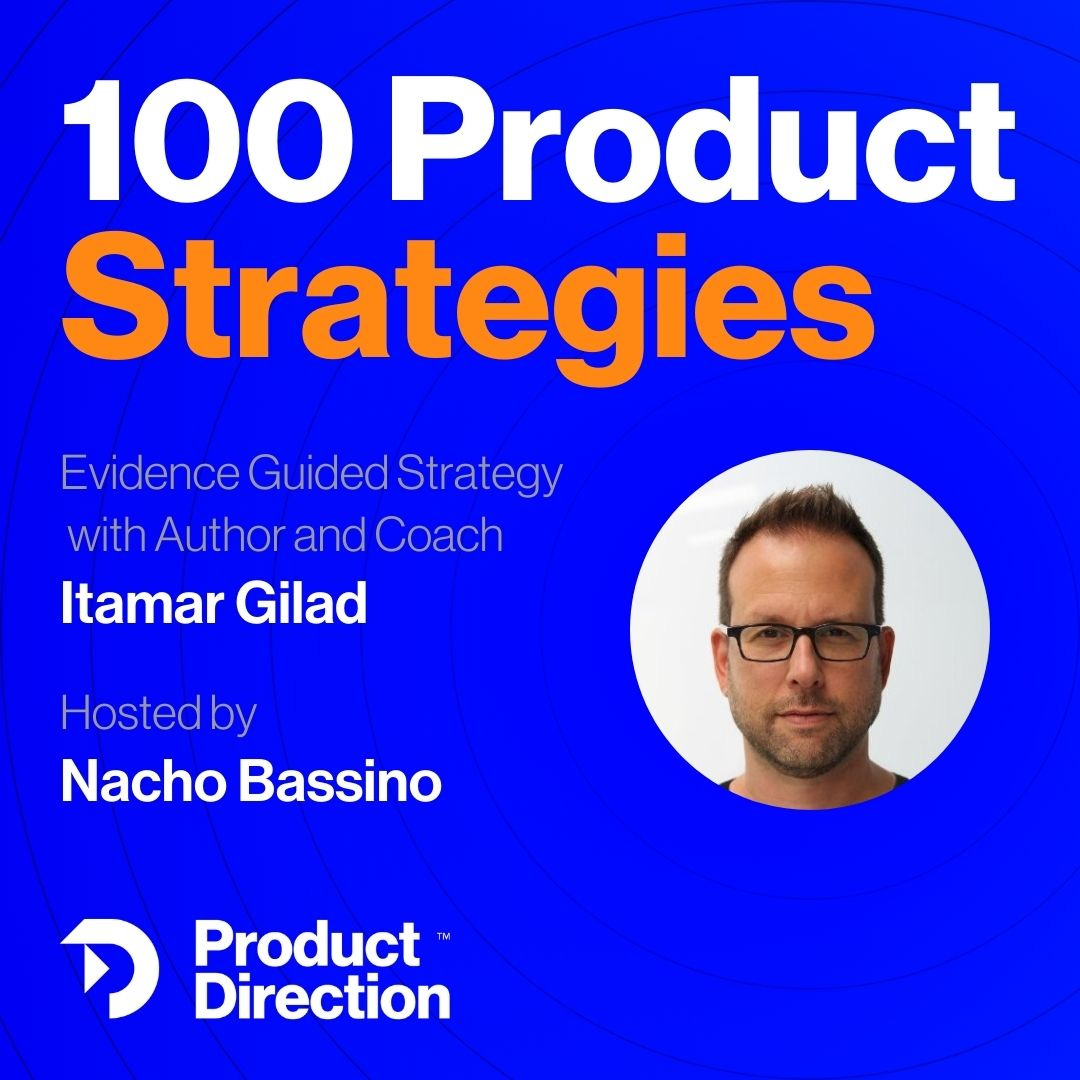Evidence Guided Strategy: Tools to Navigate the Uncertainty of Strategic Choices
A conversation with evidence and validation expert Itamar Gilad
Most companies' strategies are “roadmap on steroids”: large plans of multiple big ideas to implement, which usually have not been validated.
To differentiate and create thoughtful and successful strategies, you must start with evidence-based insights.
But how do we collect that evidence? How do we gain confidence and compare opportunities? After selecting opportunities, how do we keep validating the strategy through the multiple solution ideas we may pursue?
I had the pleasure of speaking with the evidence-guided guru, Itamar Gilad, and we explored the practices, tools, and challenges you will use and face to make your strategy more robust relying on solid evidence.
Itamar has been helping teams with tools and resources I strongly recommend, like the confidence meter, and ICE Scoring. He recently published his fantastic book, Evidence Guided, which is a must for all product managers and leaders.
Listen now on Apple, Spotify, Google, and YouTube, and read on for my takeaways and highlights of the episode.
My takeaways from this episode
Itamar describes the strategy in most non-evidence-guided companies as a “roadmap on steroids”: a large plan, with big non-validated ideas. Instead, a strategy should be a multilevel discovery process: a theory we develop over time about how we will deliver on our mission. The process is about discovering opportunities that can create a step function improvement of value.
Being evidence-guided doesn’t mean not hearing customer requests! Ideas for the strategy can come from everywhere. The critical part is validating them. Itamar showcased it with the very origin story of Microsoft, validating the need for an operating system, first requested by IBM but later sold to multiple PC clone companies.
Strategy decisions are high-stakes. That’s why we should always aim for high confidence. This creates the potential need (especially in large companies) for a validation task force if existing teams are too focused on tactic work. But as Itamar says, do whatever model works in your company as long as you validate.
When collecting opportunities, this can be done by leadership, who are responsible for being on the lookout to generate upcoming strategies. On the other hand, to generate more bottom-up options, you can give a budget to the team (like the famous 20% time at Google).
Similar to the Product Direction framework, Itamar described how you can select goals for the big strategic opportunities you set in your strategy. The Key Results would be the customer behavior change that we are expecting to see. Even for new products looking for product market fit we can use the Sean Ellis test, or enrollment in customer development program for B2B.
In the GIST framework, Itamar describes “steps” as the activities we do to validate ideas. How much validation do we need at the strategic level? We discussed that for strategic opportunities we usually just need the early validation steps: assessment and fact finding activities in Itamar’s framework. As we progress to implementation, we will continue with more solution oriented validation.
Talking about time for discovery, we briefly overview Itamar’s ideas around how obsessing over delivery speed is detrimental to impact, and how to think about the initiative effectiveness ration can get you out of that loop.
Don’t miss our next episode! Join our substack and be notified when the next episode is published.





